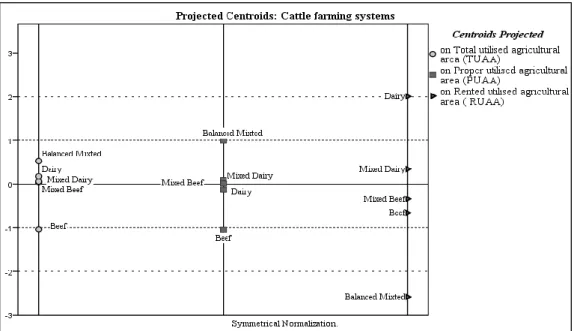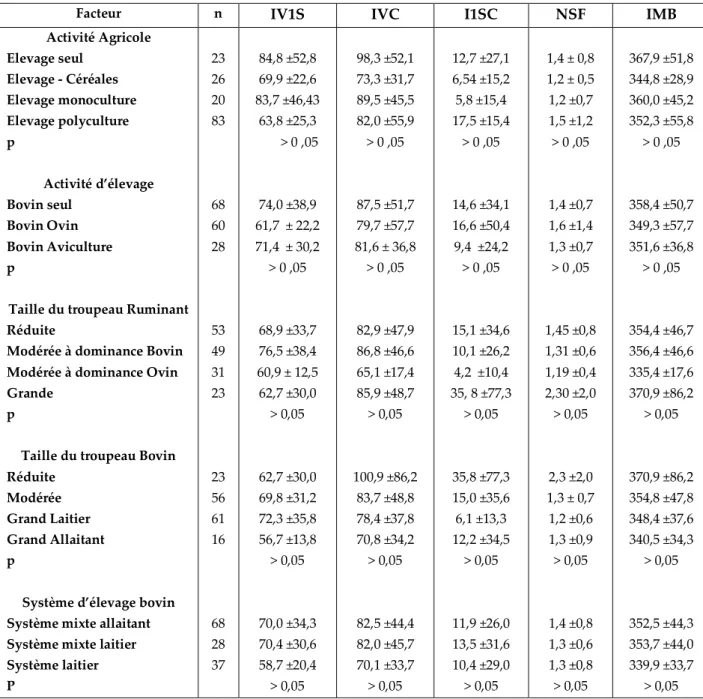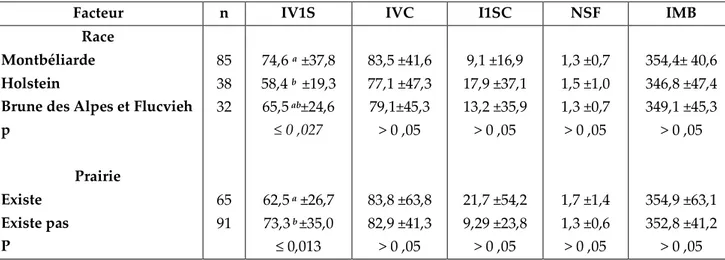Performance de l’élevage bovin dans la région semi aride : approche globale : systémique zootechnique et métabolique
Texte intégral
Figure




Documents relatifs
Since onset and total anesthesia-related times can only be calculated for successful blocks, and since we expected an 85% success rate with NS, 20 subjects were needed to
IGF-I levels were lower in L than in H sows during lactation despite slightly higher GH levels, which suggests an uncoupling of IGF-I secretion from GH secretion under
Finally, numerical simulations illustrate the complex dynamics of aggregates until the formation of a single aggregate: after blow-up of classical solutions, aggregates of
The exceptionally high abundance of fungal spores in the PETM section sug- gests that increased humidity and terrestrial weathering re- sulted in greater detrital and nutrient input
Consigne : « A partir du titre que vous aviez choisi la dernière fois, vous allez compléter le tableau pour trouver votre situation initiale.. → Le PE vérifie le respect des étapes
des salariés à temps complet dans les entreprises de 10 salariés ou plus Source : enquête trimestrielle sur l’activité et les conditions d’emploi de la main-d’œuvre
Effects of milk production level and physiological stage on insulin resistance in lactating goats.. A Sleiman-Haidar, Philippe Schmidely, P Bas, Daniel Sauvant, J Hervieu,
The genetic correlation between milk yield and fertility in adult ewe (−0.23) was in the range of antagonistic correlations reported in dairy cattle.. Consequently,





